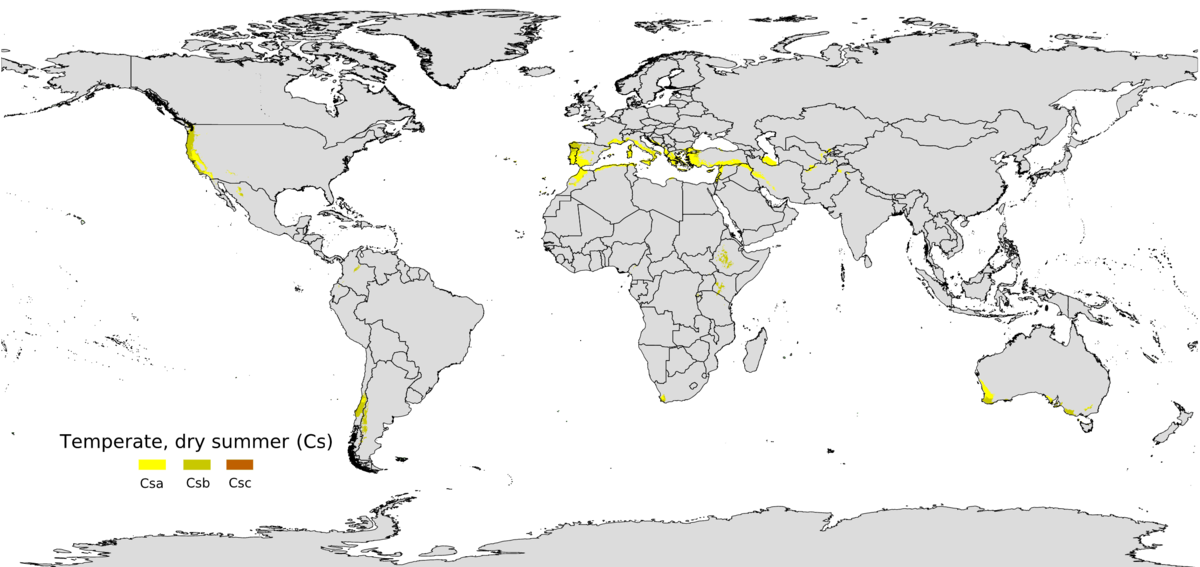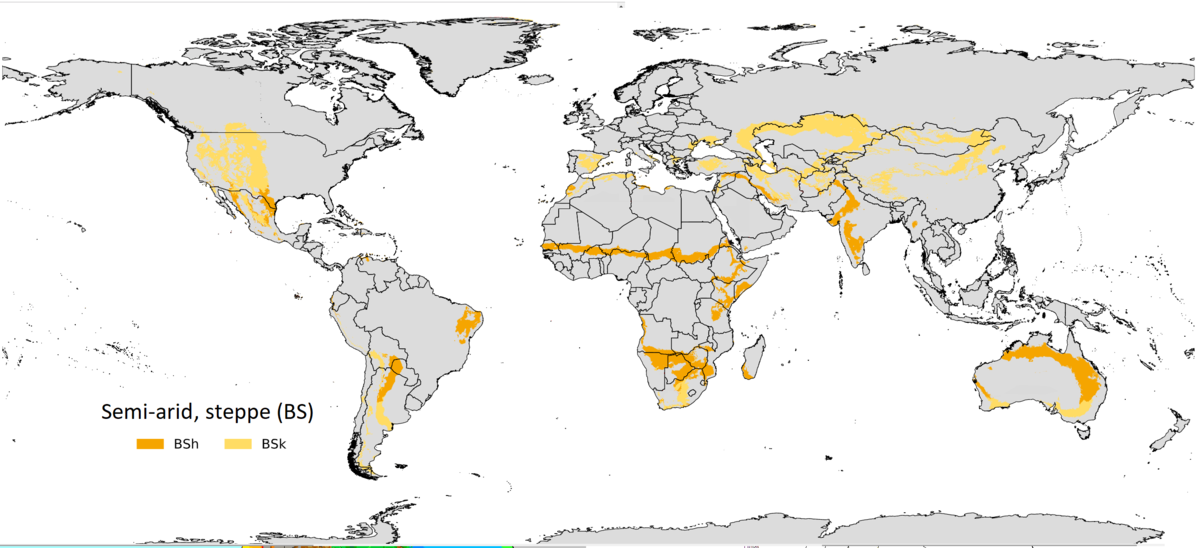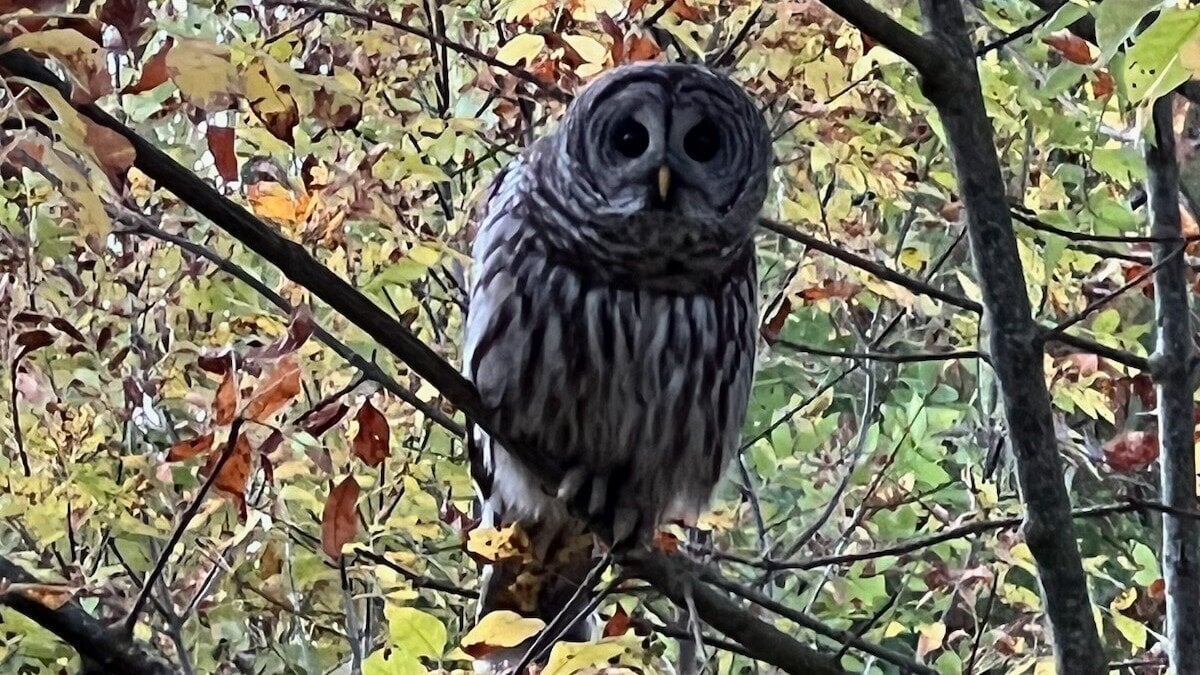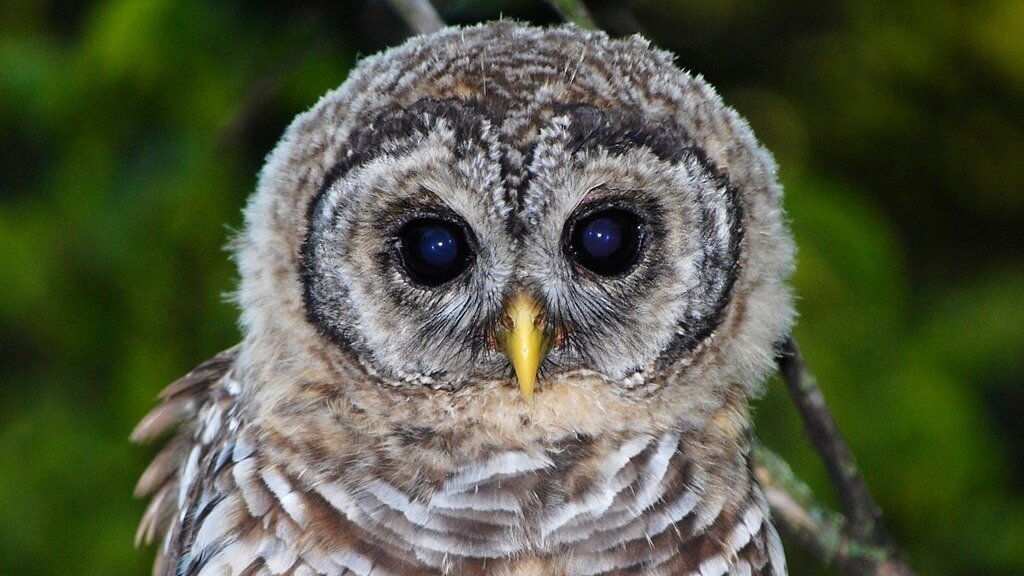This has been a fascinating discussion! My thoughts could be boiled down to one proverb "the horse is out of the barn"

In addition the ecological factors I can't help but recognize that huge government bureaucracies often seem to wander off their original mission with counterproductive results, this is a great example of that. By far the biggest problem for the Spotted Owl is that humans cut down almost every last bit of old-growth forest out of lust for money.
I remember how disappointed I was when the Clinton administration negotiated a "compromise" between the lumber companies and the environmentalists in the 90's. There was a certain finite amount of old-growth forest remaining in the PNW, pretty much the only big chunks in the entire USA. The "compromise" was basically cutting the remaining wood, but at a slower rate, so it would take longer. Both sides were furious with the "compromise". What a pathetically weak political move, I thought at the time.
I remember reading how the old growth trees were worth up to 80 times more, per acre of land, than new-growth wood. That tells you all you need to know about why the lumber companies fought so hard to get the trees.
Here is an old quote about the bureaucracy factor from my files:
I read an obit the other day in the New York Times of a Dr. Edelman, an esteemed economist who wrote about “symbolic politics.” It said:
“In Dr. Edelman’s view, government programs to alleviate injustices often serve mainly to allay public concern while creating a bureaucracy with a vested interest in preserving the problem it is supposed to solve.”

xeno-canto.org












